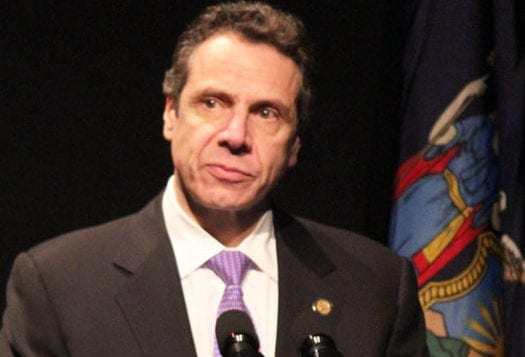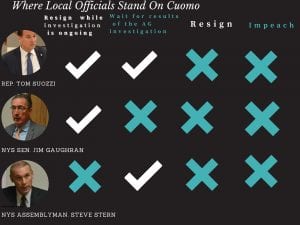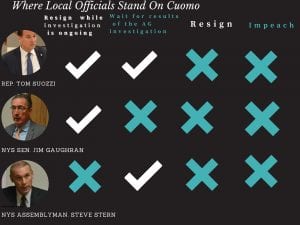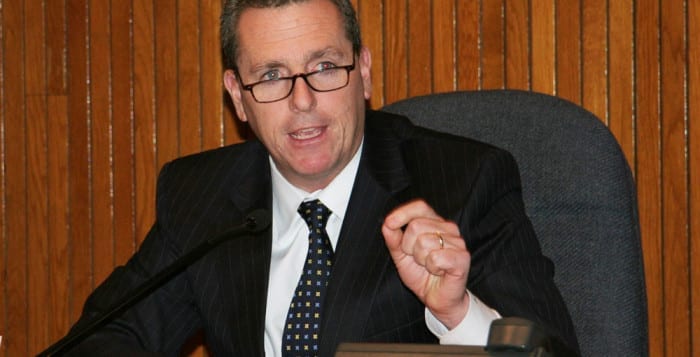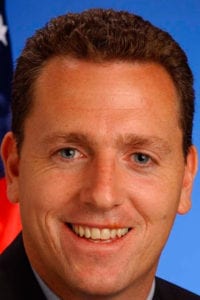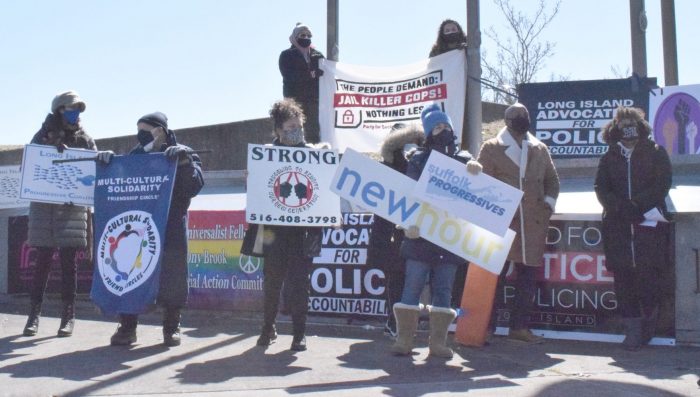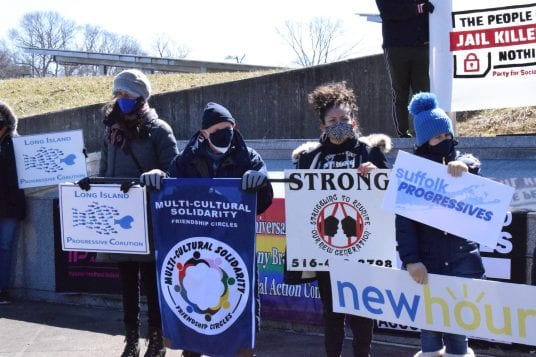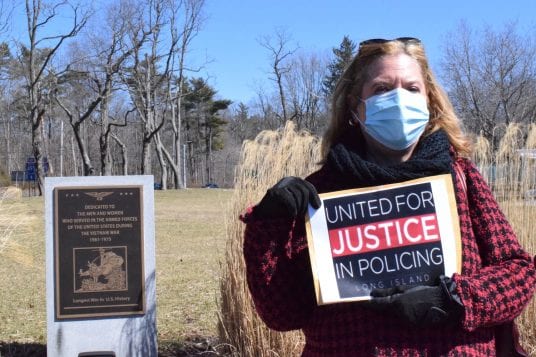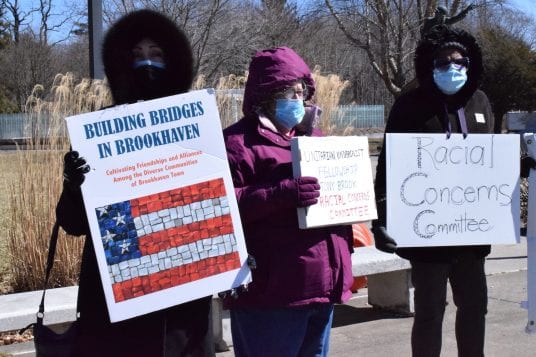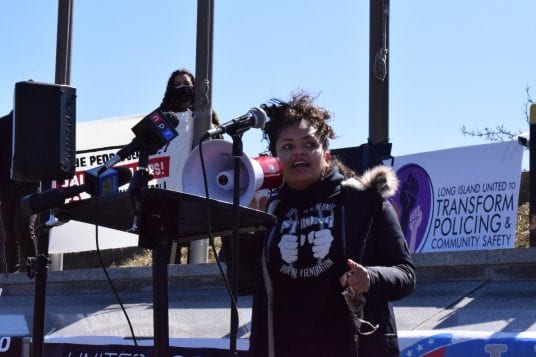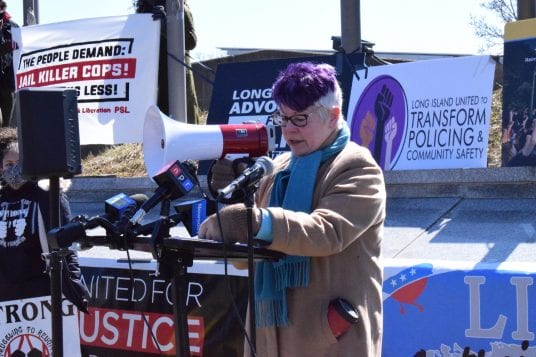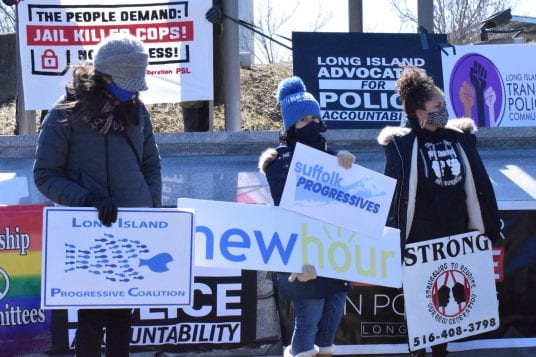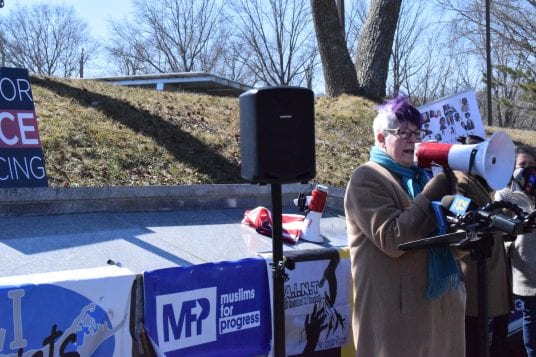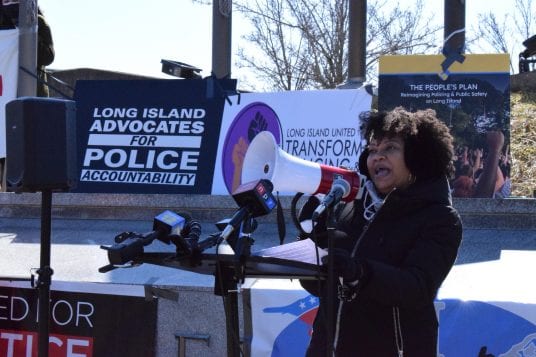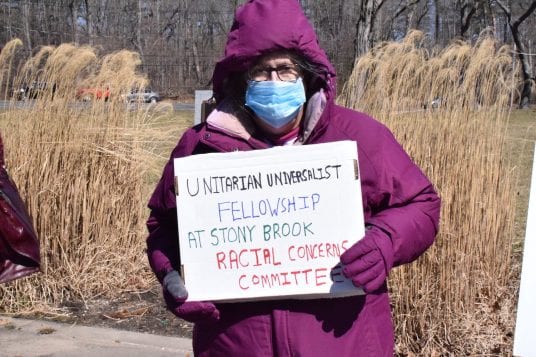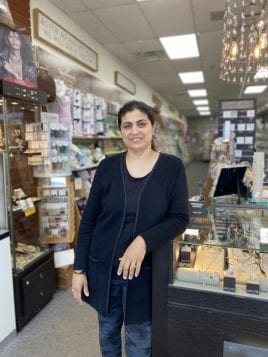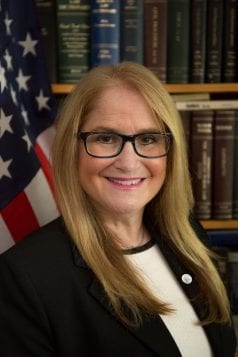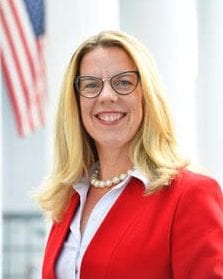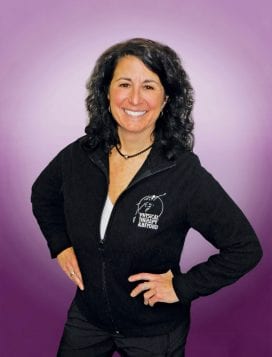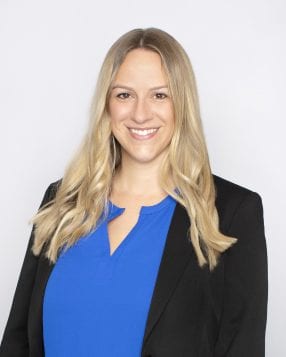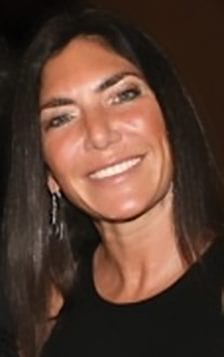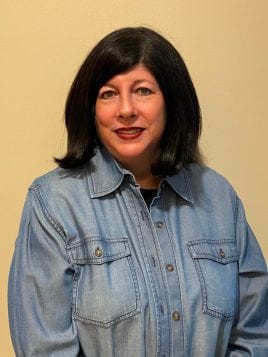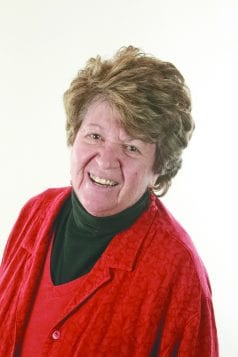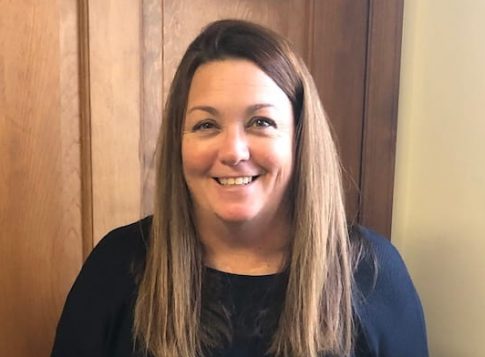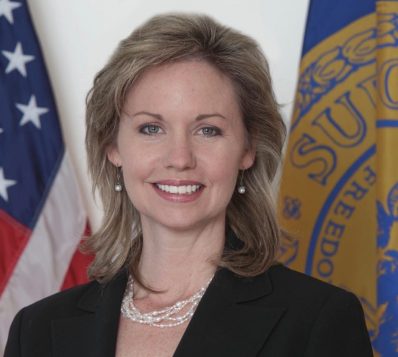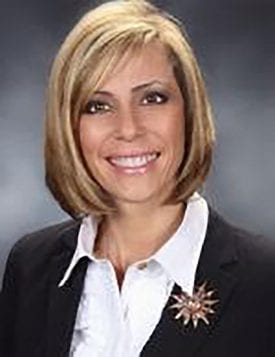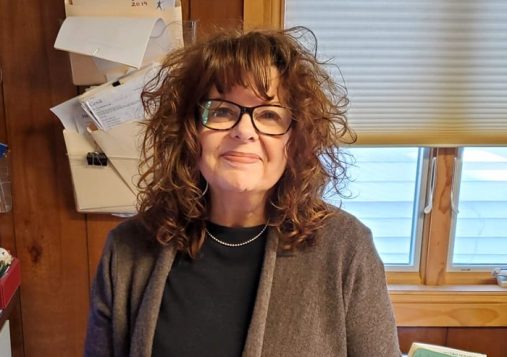State Sen. James Gaughran (D-Northport), chair of the Local Government Committee and member of several other committees, spoke with TBR News Media newspapers on Friday, March 12, to discuss his concerns about allegations of a cover-up of nursing home deaths from COVID by Gov. Andrew Cuomo (D), vaccinations, bodycam usage by police and a full return to school in the fall. Please find below an abridged and edited version of the discussion.
TBR: Are the nursing home issues [related to Cuomo] worrisome to you?
Gaughran: Oh, absolutely. We are very concerned about them. The State Senate is actually going to be holding hearings. In addition to hearings that already have been held, we are absolutely going to get to the bottom line of what happened with the administration and what happened in the nursing homes. It is very disturbing, the reports of changes to records of misrepresentations. It is obviously being reviewed by the United State’s Attorney’s Office. It is very serious. There needs to be a full investigation there. Without interfering with their investigation, we are going to continue to, as a Senate, look as deeply and carefully as possible, making sure that people are held accountable who need to be held accountable.
TBR: What about reports of a possible cover-up by the governor and his office?
Gaughran: That’s going to be, has been and will continue to be a major part of our investigations moving forward. The first priority is making sure we are fixing the problem moving forward. The second part is making sure everybody is being held responsible … You have the other issue that there were reports that were submitted by the Health Department concerning some of the nursing home numbers that were then amended or tweaked by the executive branch before they were released. That is being investigated as well … They are saying that’s part of the normal process [that the] executive branch always before a report is finally issued will review it and make tweaks. That’s fine if we’re talking about grammar and language and even tone perhaps. Based on the circumstance.
TBR: What is it about now that has produced sufficient evidence to give people like you who are part of the Democratic party the initiative to say, ‘It’s time.’ What brought this critical mass to democrats to ask Cuomo to step aside?
Gaughran: The nursing home issue has been extremely disturbing and we have been addressing that for quite a while. The numerous allegations that have come out from a variety of individuals, women, and these are credible and very serious and very disturbing allegations. I believe it is vitally important that they be treated that way. I have the utmost confidence in New York State Attorney General [Letitia] James to make sure that, number one, she is giving every single person coming forward the opportunity to be heard … [she will] obviously follow the facts and whatever the final determination is and recommendations are, that will come out of her report. Simultaneously now, we have the New York State Assembly, through the judiciary committee, which happens to be chaired by my colleague [Charles] Lavine who represents part of my district, they have an obligation under the New York State Constitution to conduct the investigation, because the impeachment process begins with the state Assembly … Whether or not they decide to issue articles of impeachment, that will be up to them … In the event they do, it then goes to the state Senate, where members of the state Senate will serve as jurors, alongside nine members of the New York State Court of Appeals.
TBR: With the government focused on Cuomo, is there any concern that politicians aren’t protecting people in New York?
Gaughran: The big issue is we have to adopt the budget … That impacts everything we’re doing as it relates to Covid, including rolling out the vaccines, making sure as much money as possible [gets] the economy moving again, [providing] assistance to small business, [and] implementing the federal funds, the unrestricted funds that are coming to the state. We have to implement those funds through the budgetary process. We also have to supplement them to some extent because not everything is covered by federal money.
TBR: Gov. Cuomo was present at your first swearing in as a state senator. You’ve worked with him in the past. Is this a difficult position for you to be in to ask him to step aside?
Gaughran: Obviously, it is difficult because I’ve known the governor for quite a while, and the governor has done a lot of great things for this state. I knew his father very well. He was one of our greatest governors. It is extremely difficult, but you know, my obligation is to the people I represent in the district and the people of this state to try to do what is in the best interests of everybody moving forward. It is not something that doesn’t bring me a lot of pain … The allegations that have been made that are very credible from members of the executive chamber and others have to be fully reviewed.
TBR: Have you scheduled your own vaccination?
Gaughran: I did make the cut in the people who have preexisting medical conditions because I do have severe asthma. [I’ve] been treated for [it] since I was a teenager. I take three different medications a day for that. I went online and it took me about a week. I was able to get my vaccine in Utica, which is about an hour and a half outside of Albany.
TBR: Have you seen County Executive Steve Bellone’s (D) report and recommendations about policing?
Gaughran: I have not read the report. I have seen some news accounts of it. I believe that this whole process is a very healthy process … Having some very difficult conversations, I think that’s good. On the issue of bodycams, I voted to require bodycams for all members of the New York State police … Many police officers said to me that they like wearing them as well, it gives them protection as to what the events were that took place to the extent that the bodycam is able to show that it’s obviously an important tool
TBR: How do you think education will look this fall?
Gaughran: I fully expect us to have everybody back in the classroom in the fall.

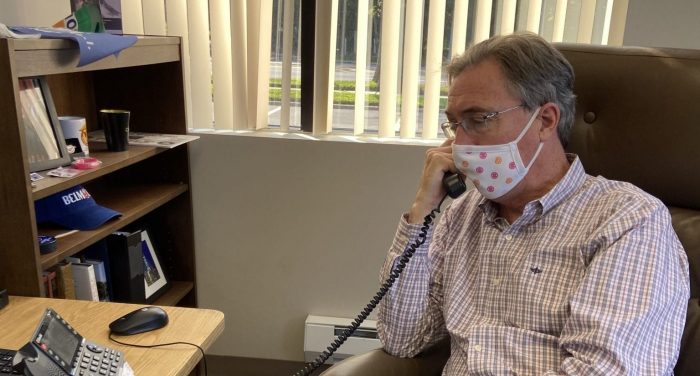
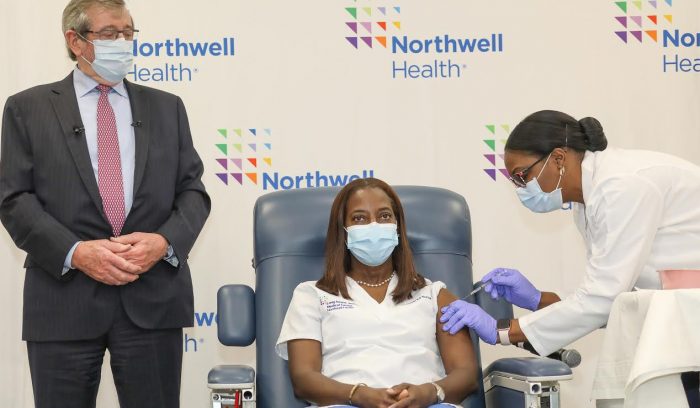
 “December 14 was a historic moment for all: the day the very first COVID-19 vaccine was administered in the United States,” said
“December 14 was a historic moment for all: the day the very first COVID-19 vaccine was administered in the United States,” said 